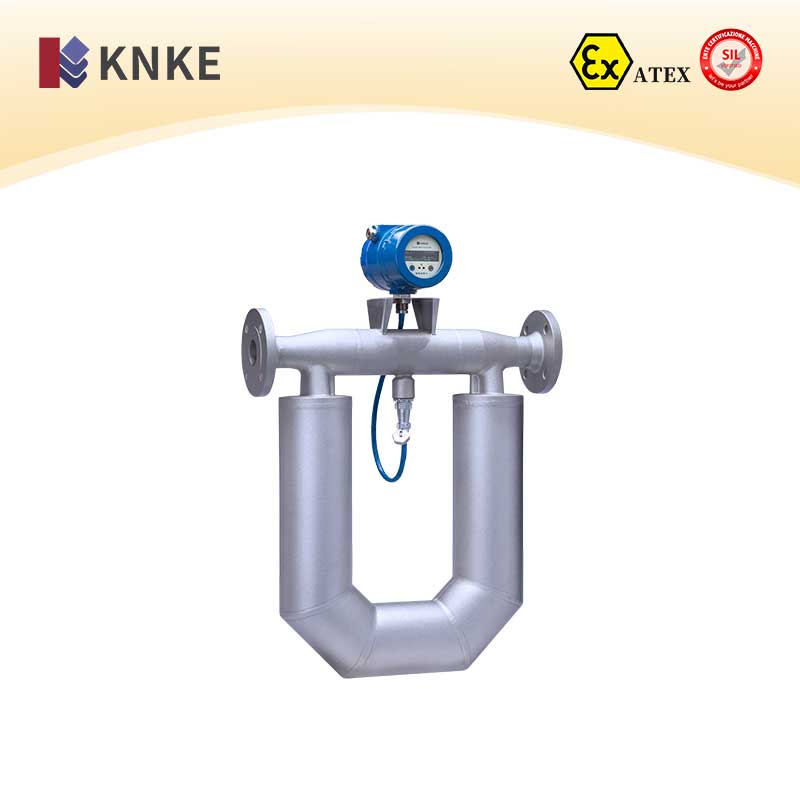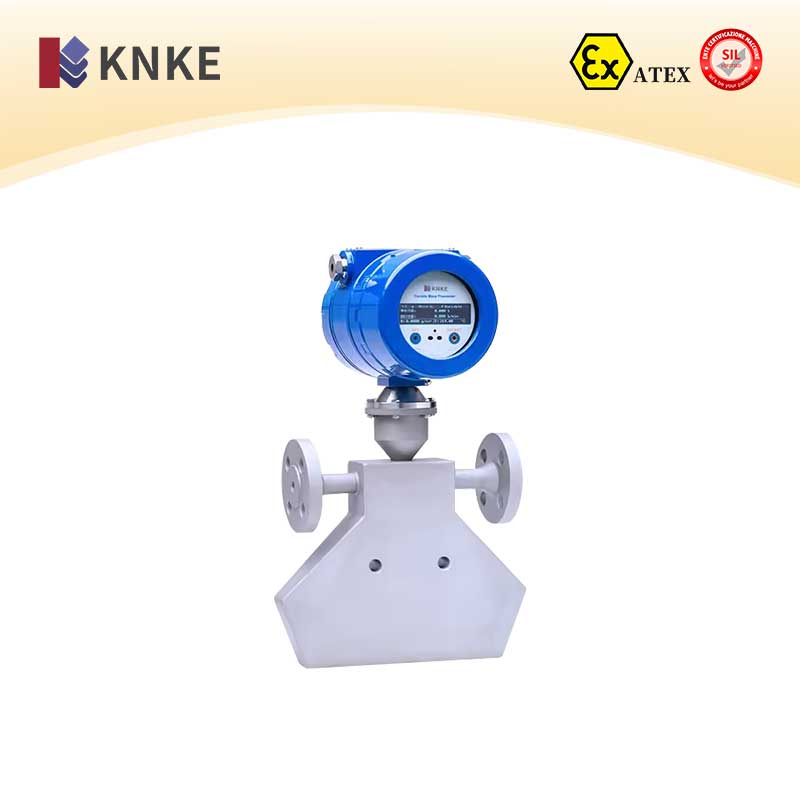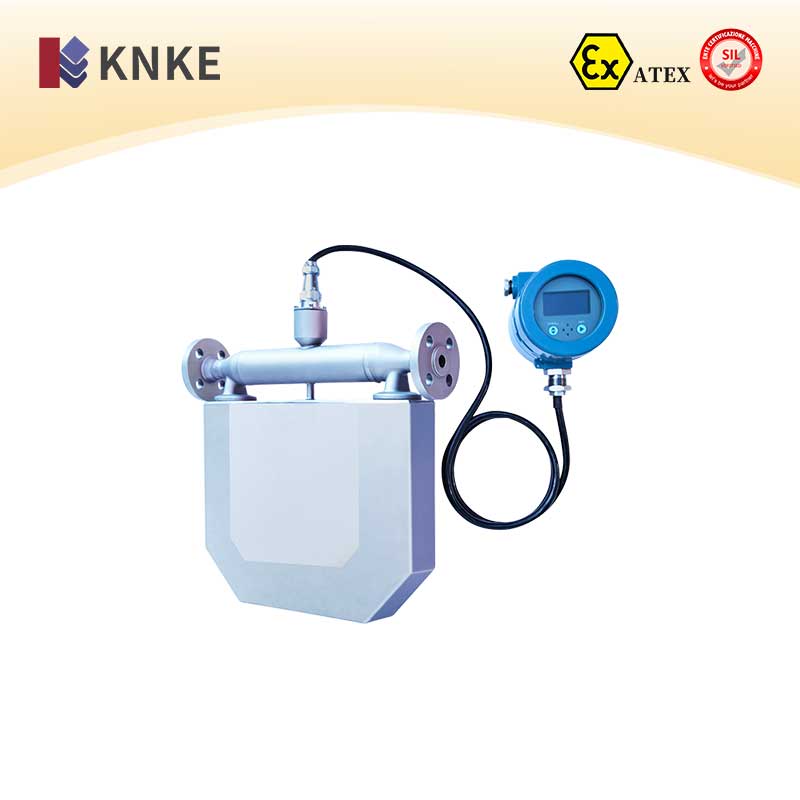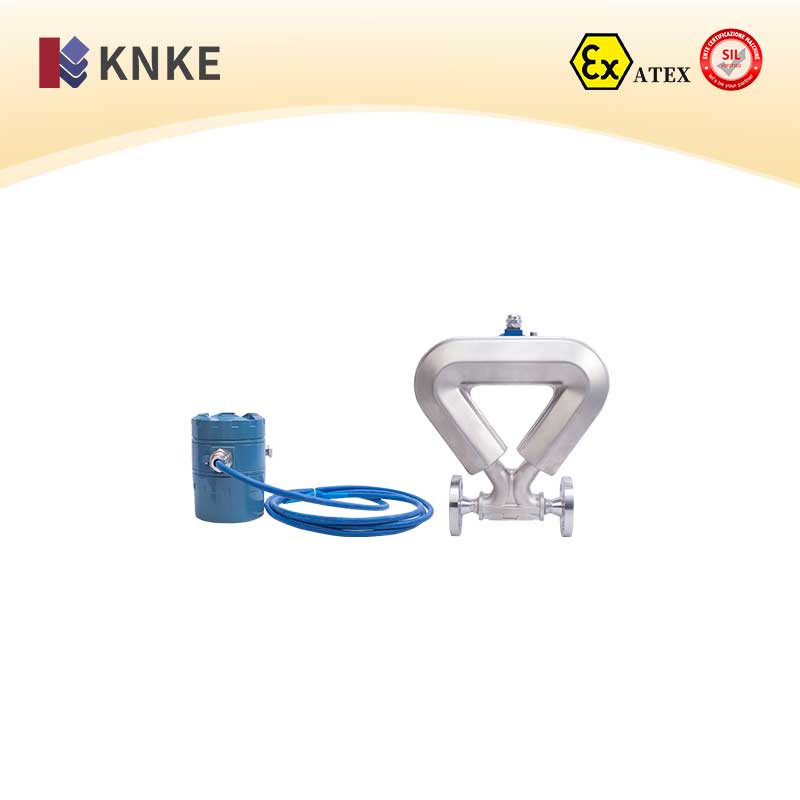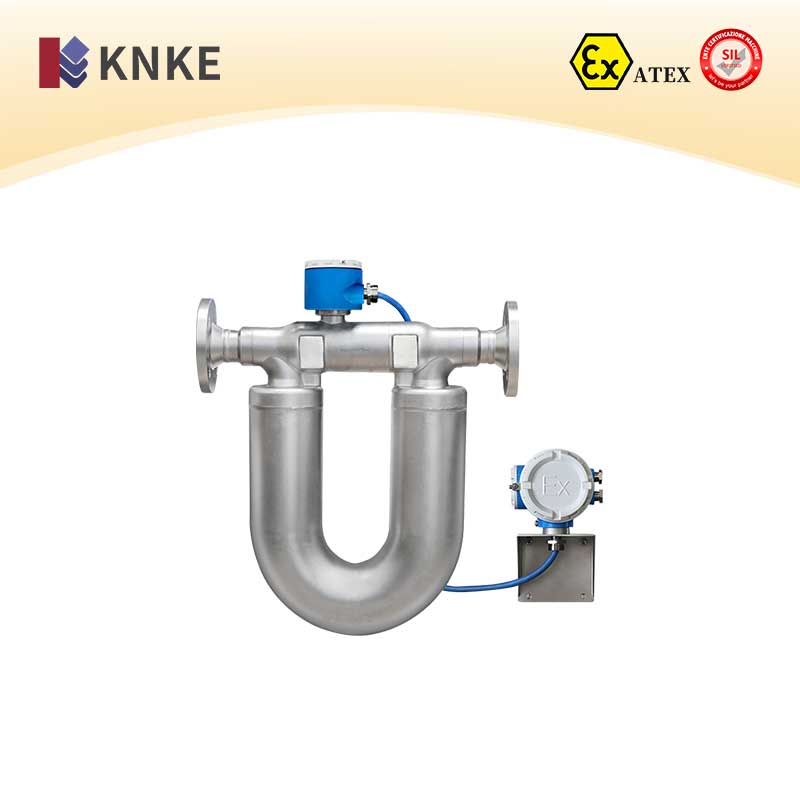Description
KNKE Mass Flow Meter – Precise Gas Flow Measurement
The KNKE Mass Flow Meter offers precise gas flow measurement and density detection using advanced thermal diffusion technology. This meter directly measures mass flow rate and density without needing temperature or pressure compensation. By eliminating errors from intermediary parameters in traditional flow meters, the KNKE Mass Flow Meter ensures high-accuracy measurements in various industrial settings.
It uses two thermistor sensors: one measures gas velocity, and the other detects temperature changes. The flow rate is calculated based on the heat transfer between the sensors, ensuring reliable, error-free measurements.
Key Features of the KNKE Mass Flow Meter
- Direct Mass Flow Measurement: The KNKE Mass Flow Meter eliminates the need for temperature and pressure compensation, making it highly accurate for gas mass flow measurement.
- Wide Measurement Range: It covers flow velocities from 0.1 Nm/s to 100 Nm/s, suitable for diverse applications.
- Reliable and Durable: With no moving parts, the meter is low maintenance and can last longer. Its corrosion-resistant sensors guarantee long-term stability, even in harsh gas environments.
- Easy Installation and Maintenance: Thanks to its insertion-type structure, installation is quick and maintenance is simple, minimizing downtime.
- Advanced Smart Display: The meter features a backlit display for real-time monitoring of gas flow, density, and temperature.
KNKE Mass Flow Meter Technical Specifications
| Technical Parameter | Value |
| Measuring Range | 0.05~80 Nm/s |
| Measurement Method | Insertion Type |
| Temperature Range | Ambient: -40℃~+60℃ |
| Medium: -10℃~+500℃ | |
| Accuracy | ±1% of reading; ±0.5% full scale |
| Repeatability | ±0.5% full scale |
| Output | 4-20mADC; RS232; RS485 |
| Response Speed | <1 second |
| Power Supply | 24VDC ±10% |
| Mechanical Connection | 3/4NPT stainless steel fasteners; Flange |
| Probe Length | 800mm (Standard Length) |
| Probe Diameter | 18mm |
| Working Pressure | 1.6MPa; 7.3MPa |
| Local Display | LED Display; LCD Display |
| Data Protection | EEROM (preserved for over 100 years) |
| Protection Level | IP65 |
| Explosion-proof Level | ExdIICT4 |
Applications of the KNKE Mass Flow Meter
The KNKE Mass Flow Meter is ideal for industries that require accurate and reliable gas flow measurement. Common applications include:
- Steel Industry: Measure blast furnace gas flow to ensure efficient operation.
- Petrochemical Industry: Monitor torch gas emissions to meet environmental regulations.
- Power Industry: Measure primary air, secondary air, and pulverized coal in boilers for better combustion efficiency.
- Environmental Protection: Flue gas flow monitoring helps meet emission standards.
- Water Treatment: Measure air flow in aeration tanks for optimized water treatment.
- Natural Gas Pipelines: Measure natural gas, coal gas, and liquefied gas flow accurately.
Related FAQs about KNKE Mass Flow Meter
Q1: What gases can the KNKE Mass Flow Meter measure?
A1: The KNKE Mass Flow Meter measures a variety of gases, including natural gas, coal gas, liquefied gas, hydrogen, oxygen, and chlorine. It is especially suitable for measuring high-temperature and corrosive gases.
Q2: Can the KNKE Mass Flow Meter be used in high-temperature environments?
A2: Yes, the KNKE Mass Flow Meter can withstand temperatures from -10°C to 500°C, making it suitable for industries with high-temperature gas flow, such as steel and chemical production.
Q3: How easy is it to install the KNKE Mass Flow Meter?
A3: Installation is quick and simple. The insertion-type structure allows for easy field installation. It can also be maintained online without shutting down operations, reducing costs.
Q4: Does the KNKE Mass Flow Meter require regular maintenance?
A4: No, the KNKE Mass Flow Meter has no moving parts, which reduces maintenance needs. The sensor is easy to clean online, ensuring long-term stable performance.
Q5: How does the KNKE Mass Flow Meter ensure measurement accuracy?
A5: The KNKE Mass Flow Meter uses thermal diffusion technology, paired with high-precision sensors and smart algorithms, to provide accurate flow measurements. It directly measures mass flow, avoiding errors that traditional flow meters introduce through temperature or pressure compensation.

